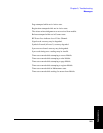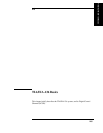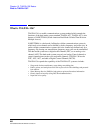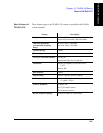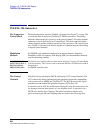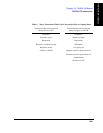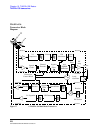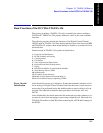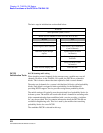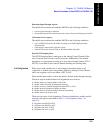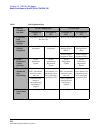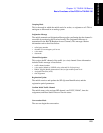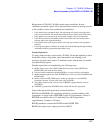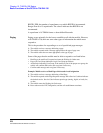
271
Chapter 10, TIA/EIA-136 Basics
Basic Functions of the DCCH in TIA/EIA-136
TIA/EIAa TIA/EIA-136 Basics
Basic Functions of the DCCH in TIA/EIA-136
The process of making a TIA/EIA-136 call is essentially the same as making a
TIA/EIA-627 TDMA call. The primary difference comes in the control channel
functions.
The following sections describe the functions of the Digital Control Channel
(DCCH) used in TIA/EIA-136. Since analog functions have been in use in AMPS
and TIA/EIA-627 systems, these should already be familiar to you and will not be
discussed here.
Functions used in TIA/EIA-136 systems are listed below.
1. Power On and Initialization
2. DCCH Scanning and Locking
3. Call Origination
4. Call Release
5. Time Alignment and Other Orders
6. Registration and Periodic Registration
7. Paging
8. Handoffs and Mobile Assisted Handoff (MAHO)
9. Short Message Service (SMS)
10. Authentication
11. Non-public System Selection
12. Mobile Assisted Channel Allocation(MACA)
13. Dual Tone Multi-Frequency Signaling (DTMF)
Power On and
Initialization
After the mobile powers up, it initializes. It must then determine whether to look
for an analog or a Digital Control Channel. Once that decision is made, there are
more tasks to be performed before the mobile reaches a state in which a call can
be made. The table below identifies these procedures for both the ACC and
DCCH.
After initialization, the mobile enters the idle mode and stays there whenever it is
not actively involved in messaging or processing a telephone call. Idle mode for a
TIA/EIA-136 mobile is called Idle when monitoring the ACCH and Camping for
the DCCH.



